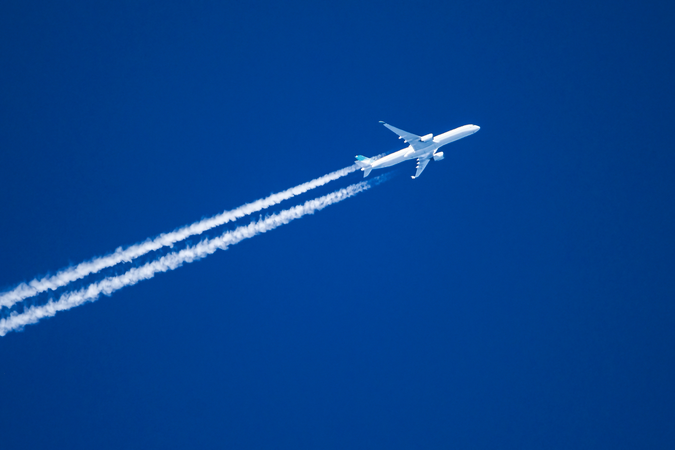Truth behind Chinese Superstition: Non-linear Effects of Vehicle Traffic on Urban Air Quality in Beijing
DownloadEmploying hourly data records from 2013 and 2014 in Beijing, we investigate the causal effects of vehicle traffic on air pollution. An arguably exogenous variation in vehicle use that results from the staggered and rotating driving restriction program there, combined with a widespread Chinese superstition about the unlucky number four, allows us to better track causal effects of traffic-induced air pollutants in a generalized 2SLS framework. We find that: (1) Traffic has contributed 47.6% of the deterioration in air quality in Beijing; for the specific pollutants PM2.5, PM10, NO2, and CO, 37.2%, 50.0%, 42.3%, and 55.7%, respectively, are estimated to be caused by vehicle traffic. (2) The average marginal effects of traffic on air pollution at night are 2.5 times what they are in daytime. (3) There is a non-linear, U-shaped relationship between the Chinese Traffic Congestion Index (TCI) and concentration of air pollutants, with the inflection point occurring when TCI falls in the range of 5 to 5.5, indicating that damage caused by air pollution escalates disproportionately as traffic jams intensify and increase in frequency. We conclude that urban air pollution abatement strategies could be more effectively targeted if policy makers considered the dynamics documented here of the relationship between traffic congestion and air pollution, as these vary over time and congestion level.
Authors

Shuai Chen

Jun Yang

Ping Qin

Jintao Xu



